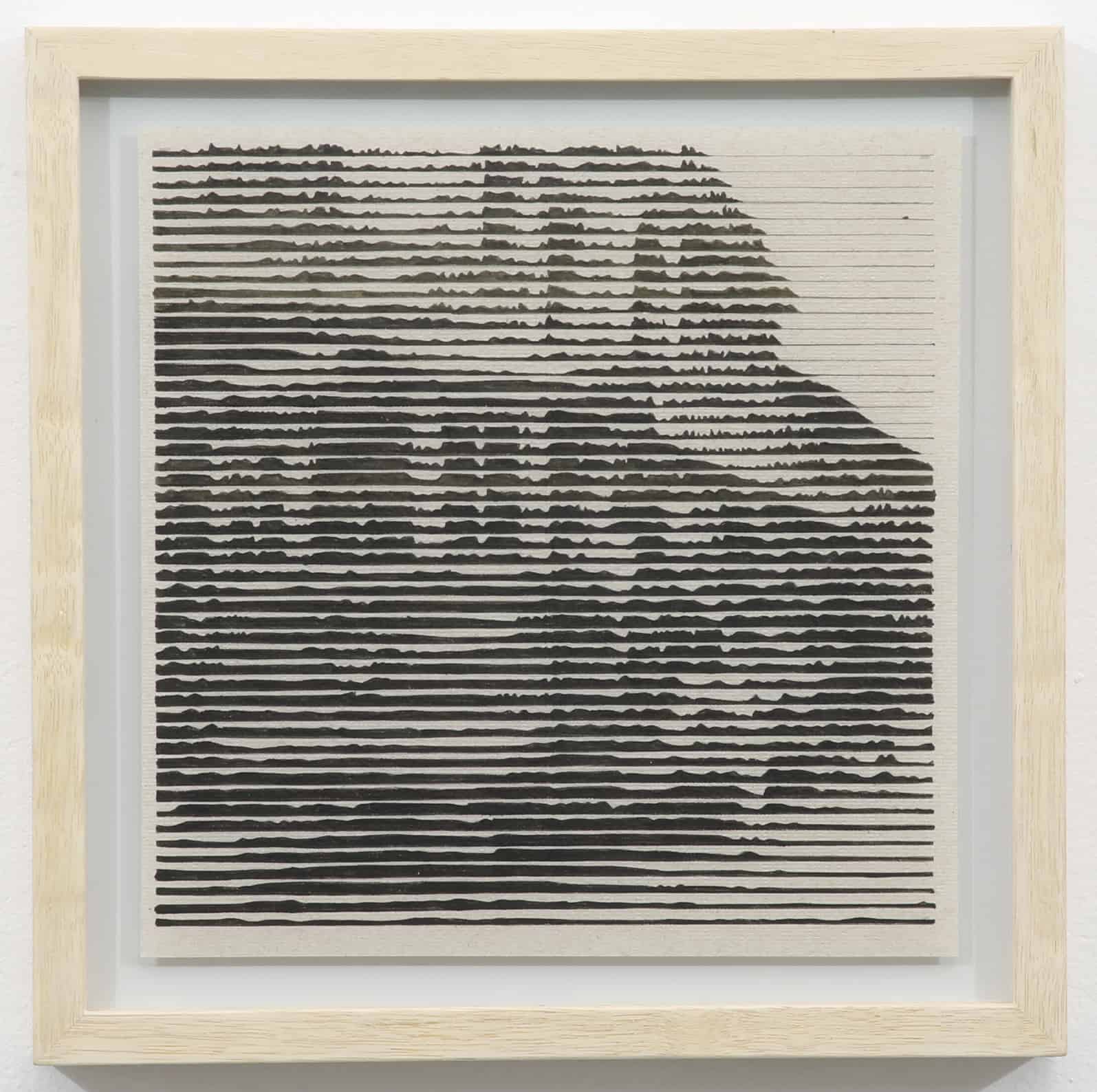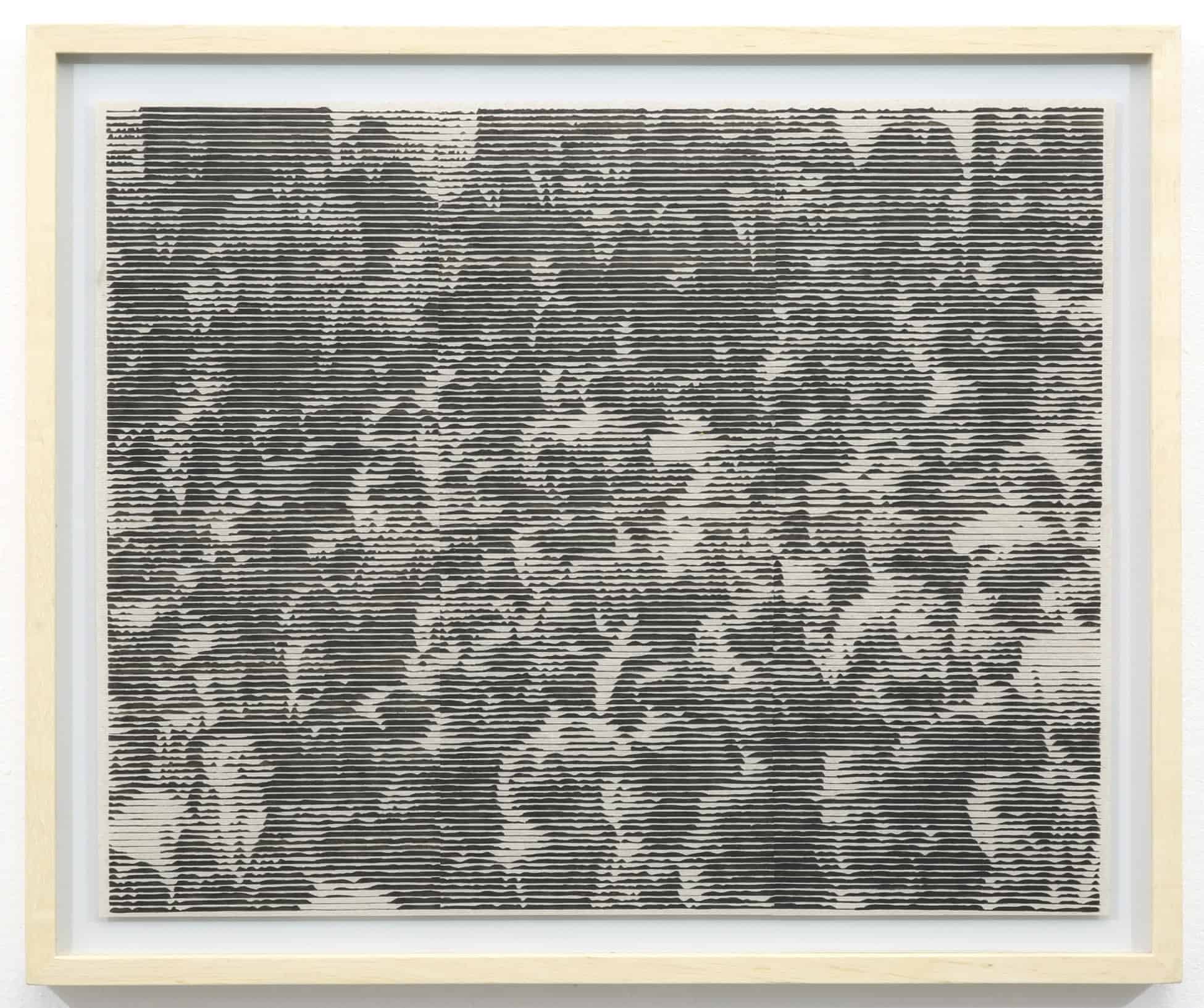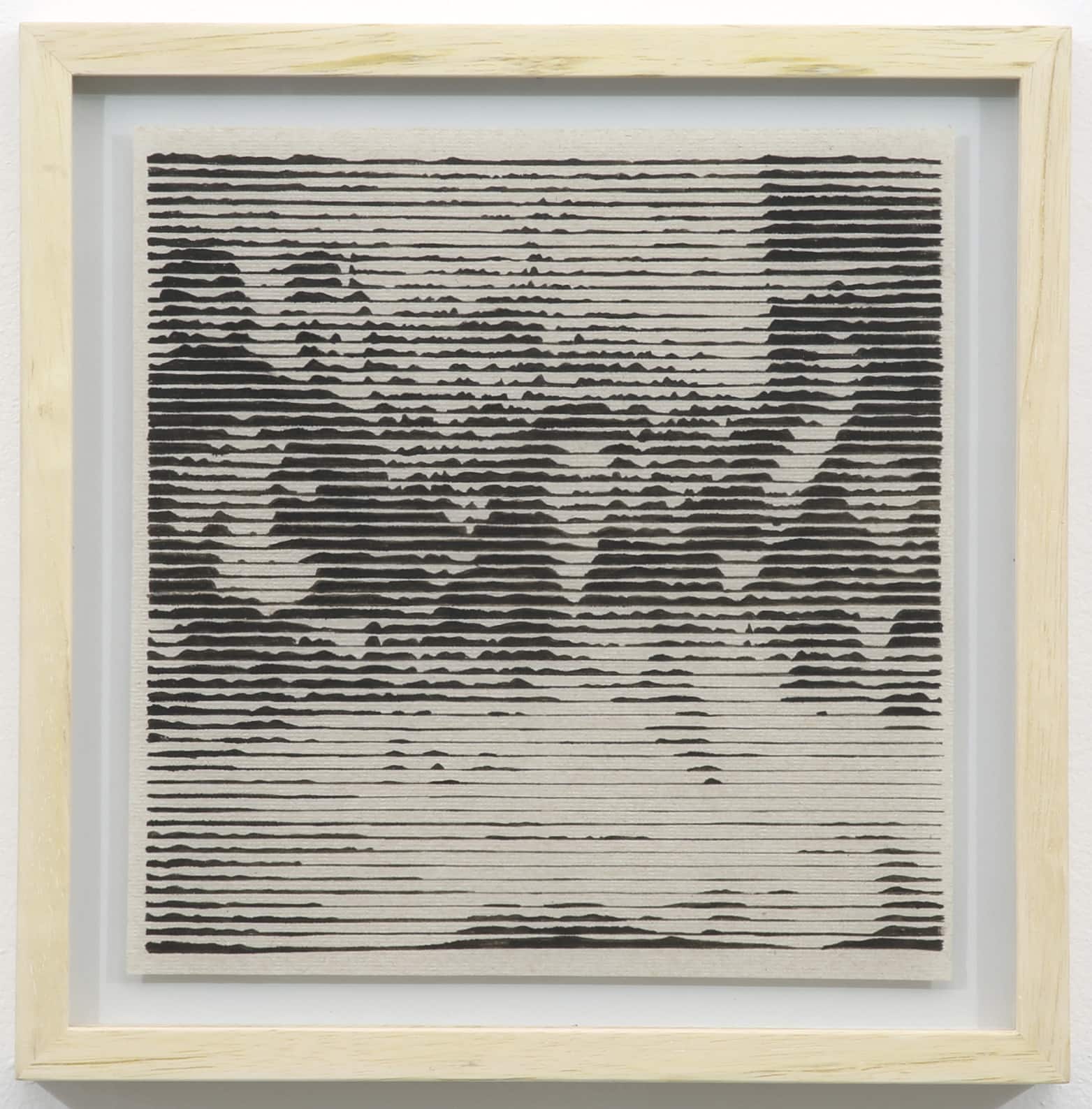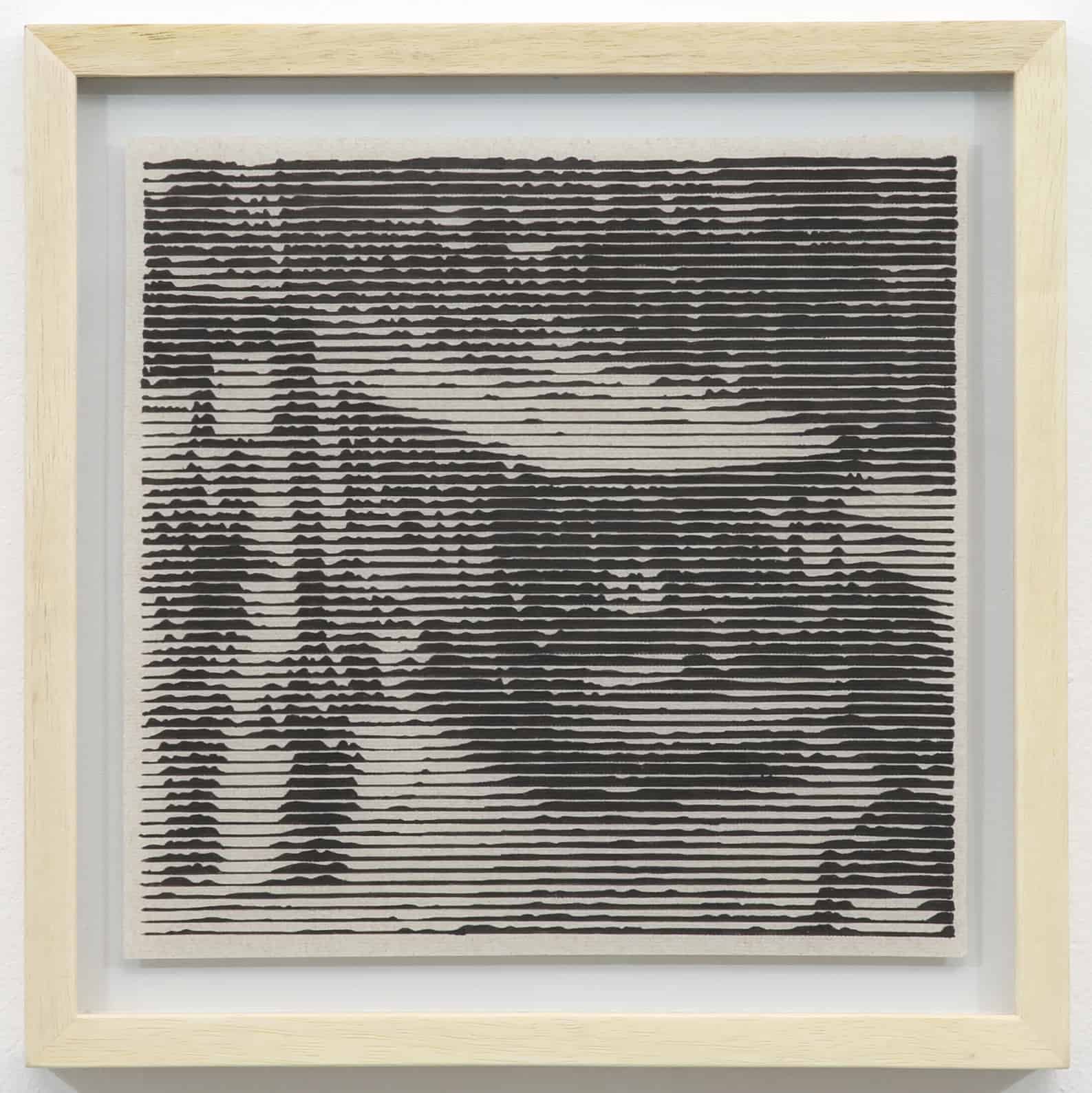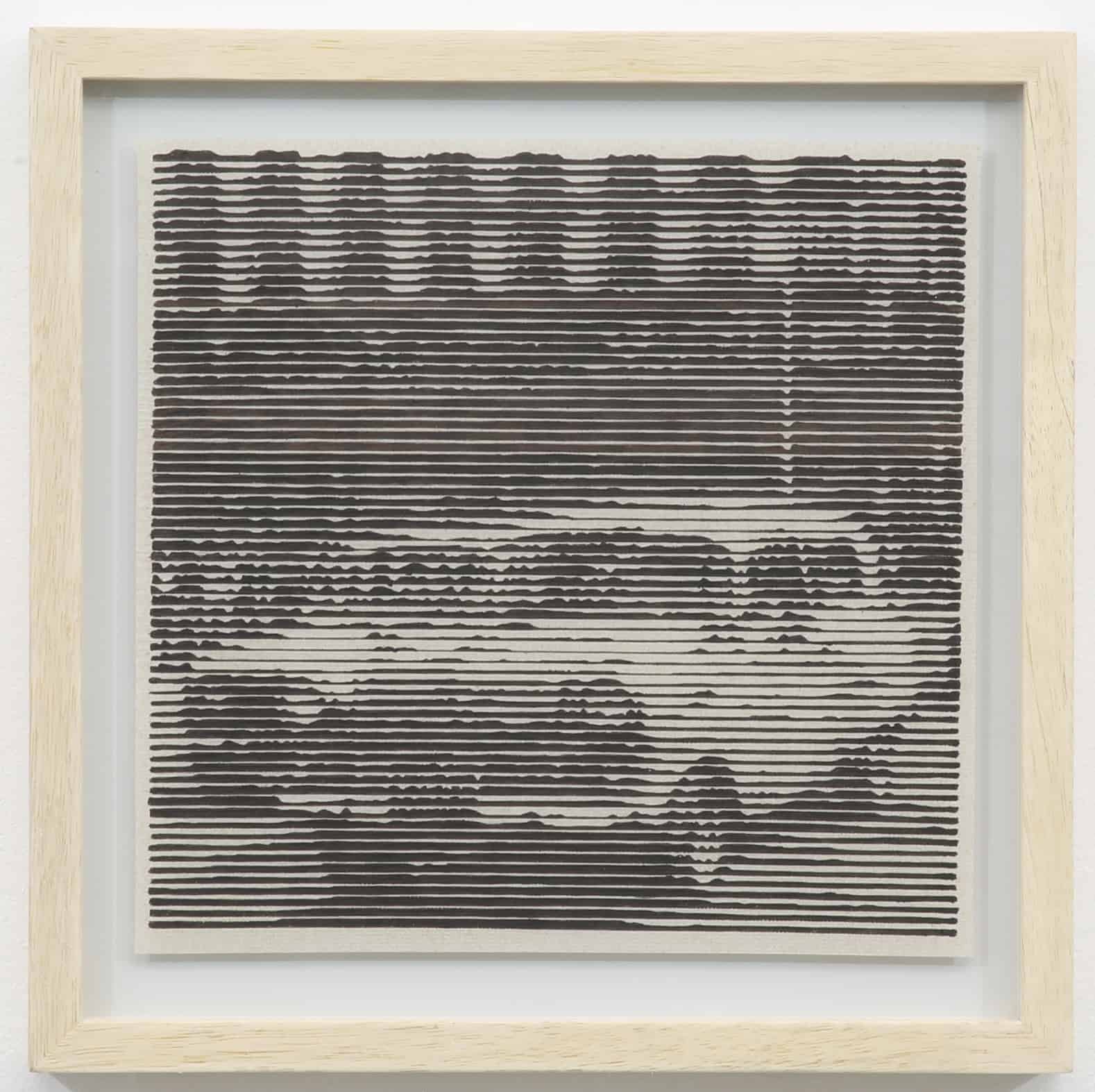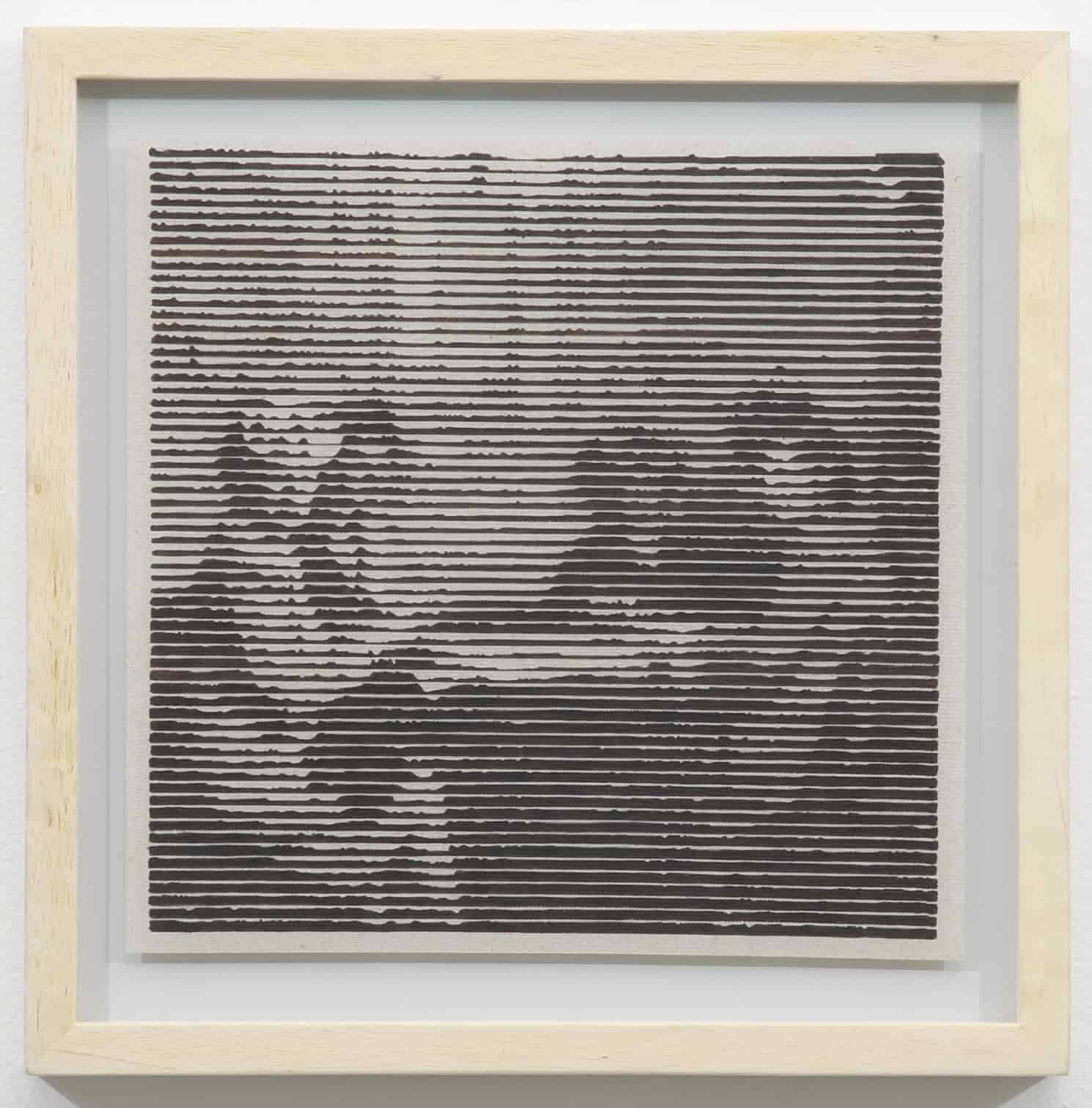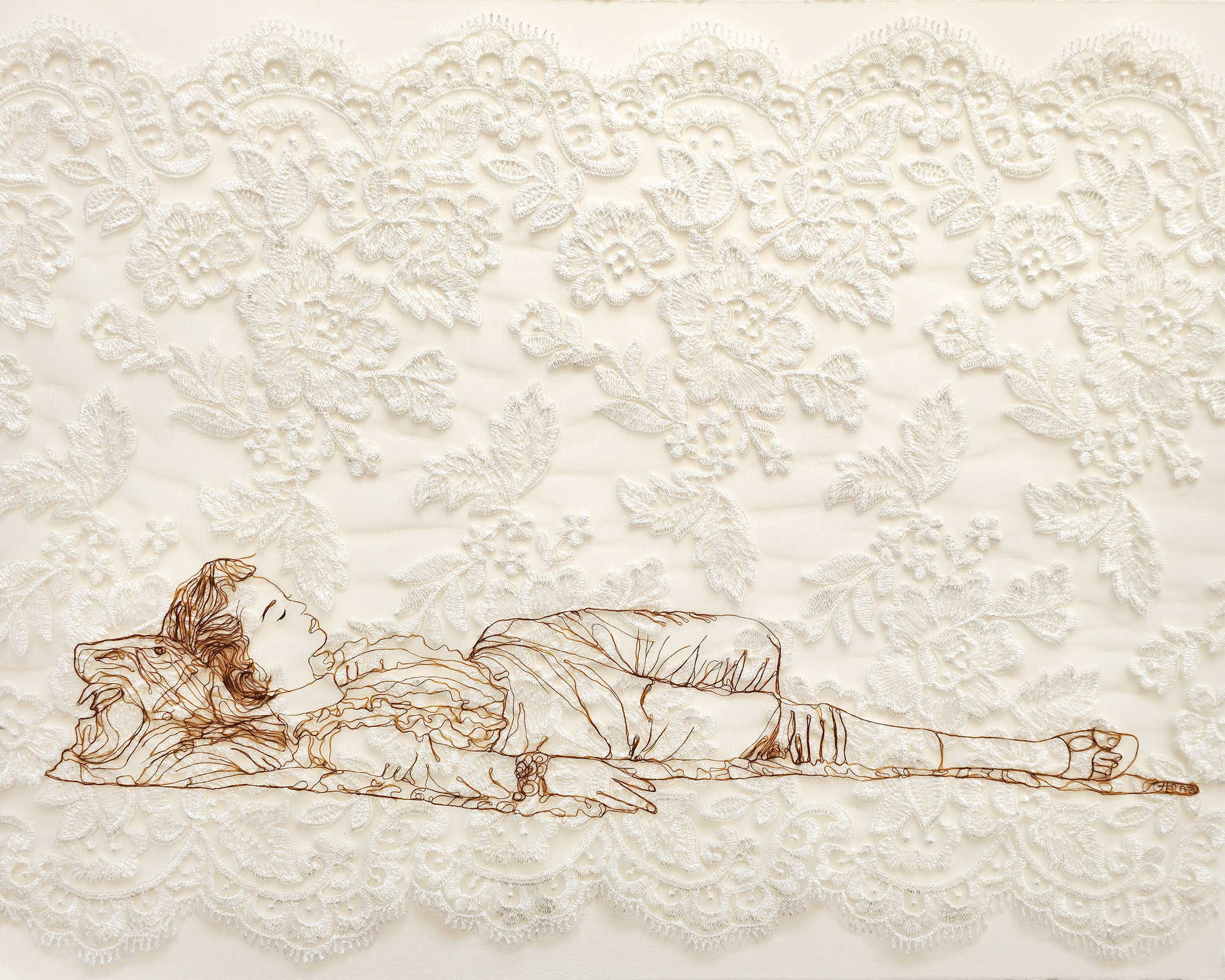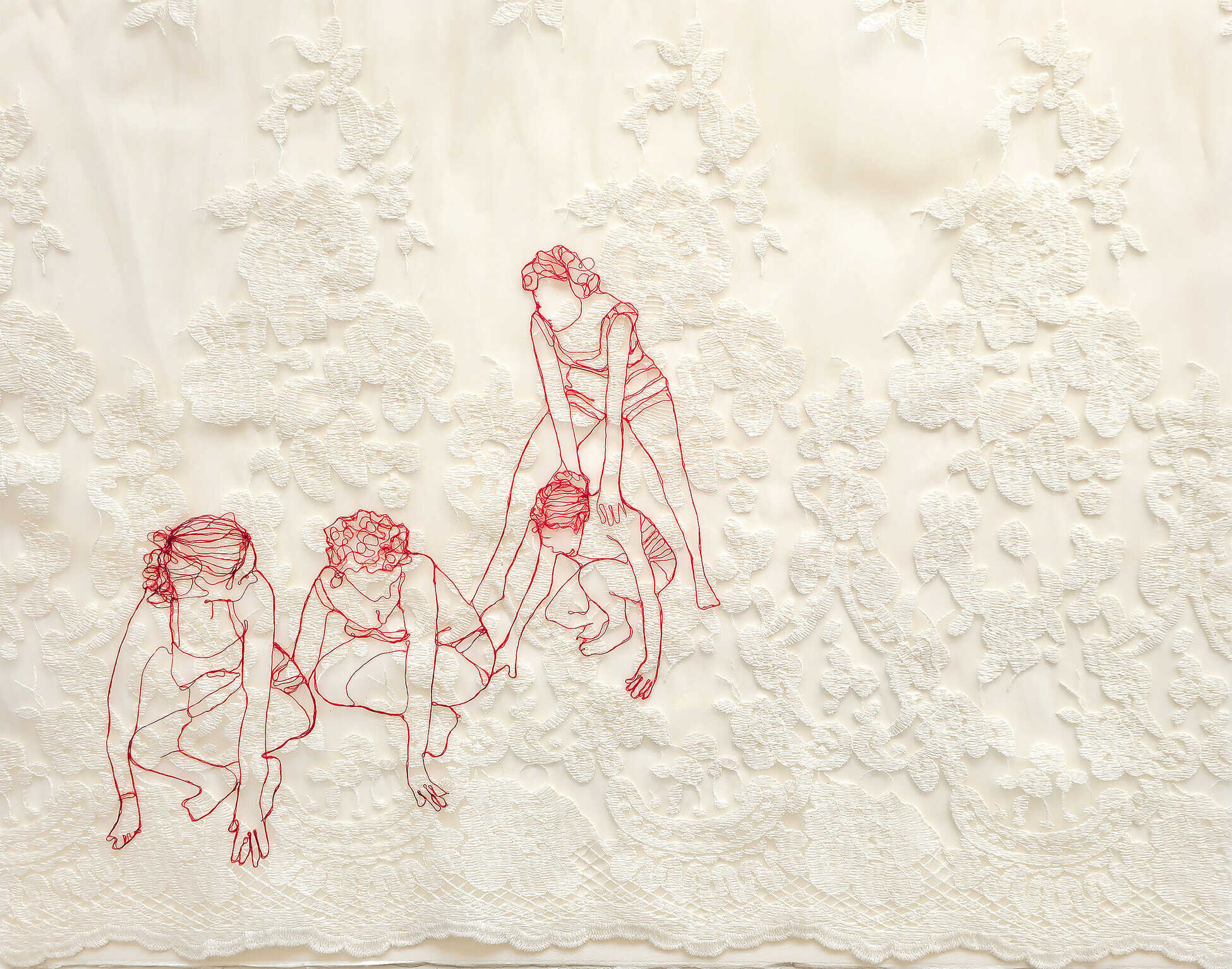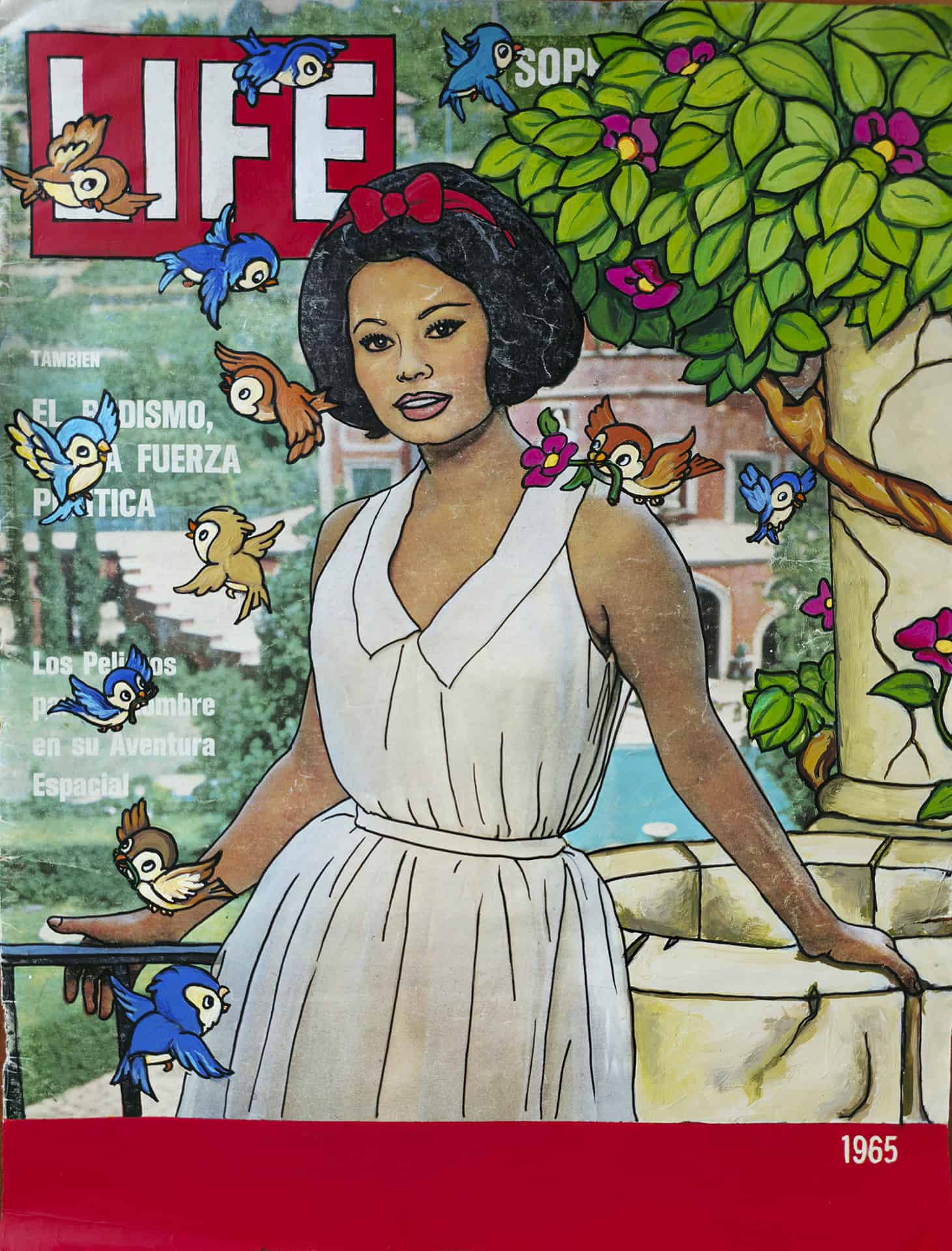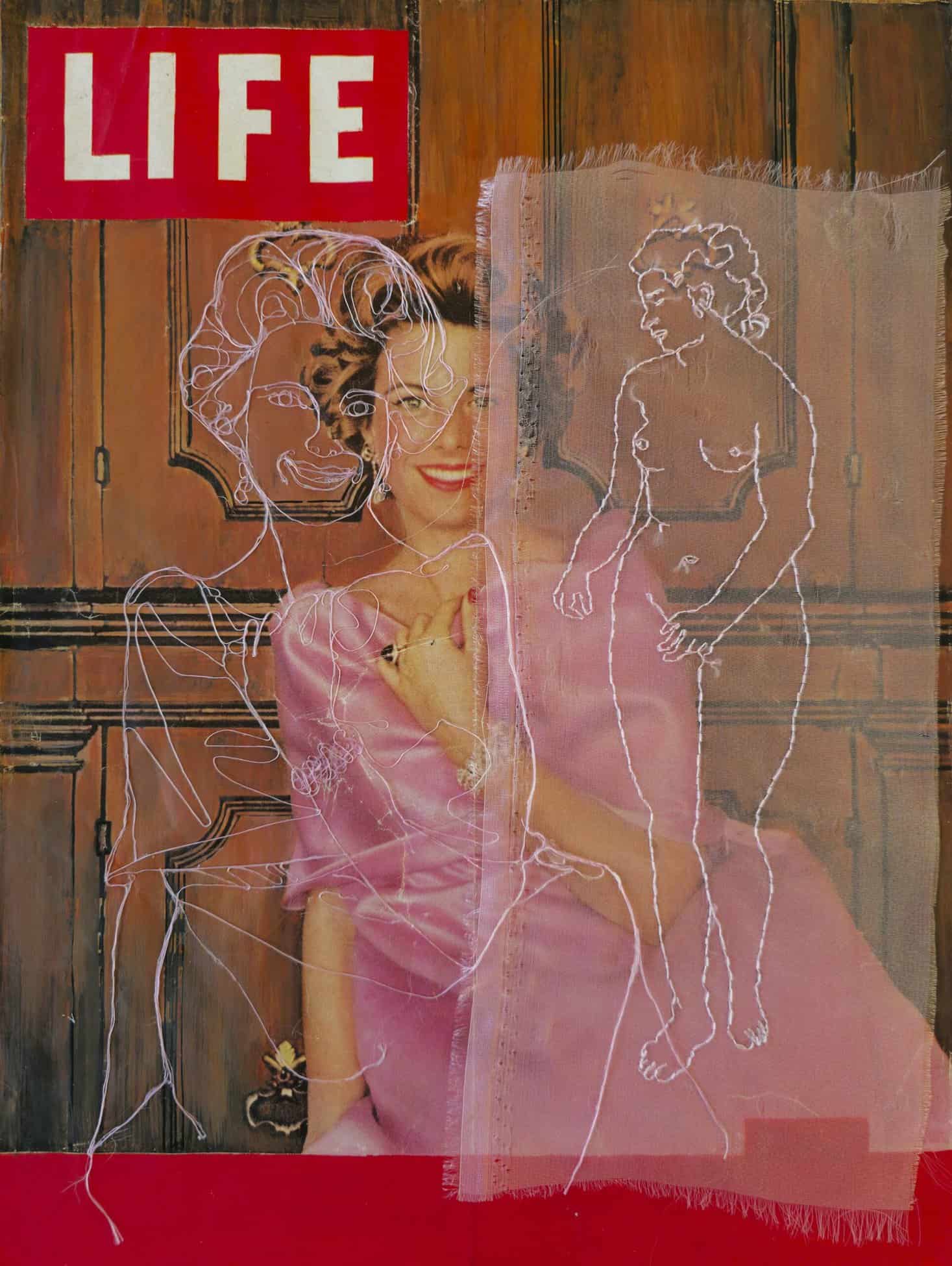Adrián Ibáñez Galeria
General Sector
Booth C19

Calle 72 to #22 - 35
Bogotá 111211
Colombia
Presentation of the gallery
Adrián Ibáñez Galería was born from the experience of its director as an artist and from his master's degree in Cultural Management in Spain, which led him to learn about projects and dynamics of art circulation from a decentralized perspective. From there was born the idea of creating an art gallery in a rural area, which operated in Tabio for the first 5 years.
Towards the end of 2021 the gallery opens its new permanent headquarters and moves to Bogota to the Art District in San Felipe.
Focused on contemporary art and with a global vision, the gallery actively participates in international fairs generating dynamics of exchange and dialogue between artists from different regions. The gallery works with emerging and mid-career artists and some already established, has artists of different nationalities and tries to maintain gender parity in its represented and exhibited artists.
Presentation of the artist in focus
PHANTASMAGORIA
Though it sounds poetic, it is no less true that empires have been erected with the power of color. Gold, of course, has been the most sought after since antiquity and society has unanimously conferred great symbolism and economic value on it. The Phoenicians made themselves rich by supplying the ancient world with Tyrian purple obtained in their beaches and the Spaniards, during colonial times, took over the
monopoly of cochineal red, extracted from a scale insect, that they sold at a price higher than gold itself. This poetic idea isn’t removed from our contemporary world. A great part of the food that is processed at an industrial scale contains tartrazine, a substance that is artificially dyes drinks, candy and even meat
which, given the great attraction it poses on customers, generates multimillionaire revenues for enterprises that benefit from the indiscriminate us if this chemical component. The empire of color even penetrates political spheres by lobbying and evading legislations to continue their use of this chemical in spite of its proven toxicity. The paradox of power comes into play when we take into account that it is consumers who are drawn to this harmful products, and who decide and give control to this companies with their unconscious decisions which reaffirms the idea that as long as color continues to rule the depths of the human mind, it will also continue to rule the world. Like a modern alchemist, Alejandro Sanchez experiments with tartrazine, turning it into pigment and the napkin into a canvas. A symbolic decision by the artist that reinforces the relationship between his work and his enquiry on the construction of such economic empires. These materials are used to produce images
that, with a hint of notalgia, look at the past of cities currently being modernized, specially the blooming, mid-century Bogota. But what from afar seems to be a hyperrealistic copy of old photographs is, looking at it closely, a topographic pattern of mountains that repeats itself along the entire surface. That way, Sanchez’ drawing turns into a hypnotic illusion that remains as a phantasmagoric image between those viewpoints. From afar, the portrait of a nation that builds its progress thinking of it as an infrastructure and a city. From up close – reading between the lines- the landscape that is the true richness, is then built on and replaced by an artificial dye, like an allegory to the colonization that is exercised by multinationals inside the national territory.
national.
That’s why Phantasmagoria questions the veracity of the images and the stories they tell us. Like we see in Sanchez’ haunting images, the way we interpret history and power paradoxes depends on our point of view.
Cristian Padilla
Art Historian and Curator

